Hindutva Unveiled: Moving Past Ethnocentric Narratives
Few civilizations have faced as many invasions, ideological assaults, and misrepresentations as India. Despite these, the Hindu civilization has not only endured but flourished.
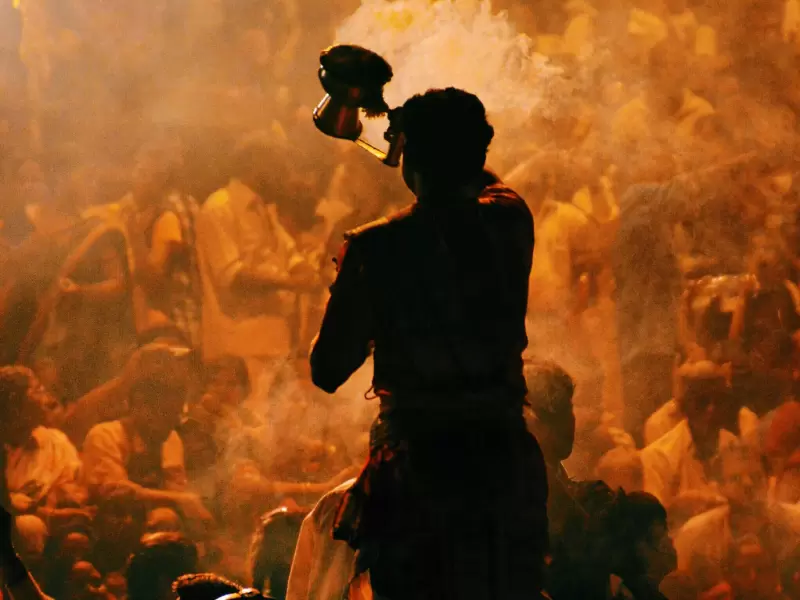 Representative Image / Pexels
Representative Image / Pexels
“Each culture is a world unto itself, not to be judged by the standards of another.”
— Franz Boas (Father of American Anthropology)
Widely regarded as the Father of American Anthropology, Franz Boas—a German-born American scholar—laid the intellectual foundation for understanding human diversity with empathy, respect, and scientific objectivity. In the 1920s, amid dominant notions of social evolution and racial hierarchy, Boas introduced cultural relativism, emphasizing that each culture must be understood on its own terms rather than through the lens of another.
Before Boas, American sociologist William Graham Sumner coined the term ethnocentrism to critique the imperial mindset that judged other societies by the values of one’s own. Sumner’s critique of elitism and cultural superiority remains relevant today, as intellectual and ideological ethnocentrism continues to influence discourse about non-Western civilizations.
Although overt imperialism waned after World War II, its psychological and intellectual residue persists. Neo-imperial tendencies often manifest not through colonization but through frameworks of interpretation that privilege Western philosophies. This mindset continues to shape global narratives—especially concerning.
Few civilizations have faced as many invasions, ideological assaults, and misrepresentations as India. Despite these, the Hindu civilization has not only endured but flourished—its continuity resting on philosophical pluralism, self-renewal, and cultural resilience. Yet, neo-imperial intellectual currents persist in misrepresenting foundational concepts such as Hindutva, often interpreting them through narrow, external perspectives rather than indigenous philosophical frameworks.
Understanding Hindutva, therefore, requires moving beyond selective readings and ideological projections toward a holistic and historically grounded approach.
The word Hindu originates from the Sanskrit Sindhu, referring to the Indus River and its surrounding region. The Rigveda (1500–1200 BCE) mentions Sindhu over seventy times, primarily in reference to the river. Old Persian inscriptions spoke of Hapta Hindu, Arabs called the land Al-Hind, and the Greeks later pronounced Sindhu as Indus, naming its people Indoi (Indians).
Philosophically, Hindu thought rests on the Vedic principle:
Ekam sat vipra bahudha vadanti (Rig Veda 1.164.46)
“Truth is one; the wise express it in many ways.”
This pluralistic worldview fostered an environment where diverse traditions, philosophies, and rituals coexisted harmoniously. The term Hindu originally denoted a geographical and cultural identity, not a single religion in the Western sense.
When British administrators encountered India’s vast diversity, they classified it under the label Hinduism—with its first printed reference appearing around 1817. The suffix -ism, historically used in terms like Papism, fanaticism, or racism, carried reductionist and sometimes derogatory connotations.
Mahatma Gandhi insightfully remarked:
“Thinking is dynamic; when it is crystallized, it becomes thought; when thought is fossilized, it becomes ism.”
Thus, the term Hinduism inadequately represents a civilization that evolves dynamically while preserving its essence. Similarly, the word religion, implying dogma and exclusivity, does not accurately capture the Hindu way of life, which is flexible, self-reflective, and rooted in Dharma—living with truth, compassion, and responsibility and following cosmic order guiding all existence.
When foreign languages lack conceptual equivalents, native linguistic constructs become essential. In Sanskrit, the suffix -tva denotes essence or state of being, akin to the English -ness. Against this linguistic and philosophical backdrop, Chandranath Basu (1844–1910), a distinguished Bengali scholar, coined the term Hindutva (Hinduness) in his 1892 work Hindutva: Hindur Prakrita Itihas (“Hinduness: The Authentic History of the Hindus”).
Basu sought to articulate the intrinsic essence of Hindu civilization—its ethical, cultural, and spiritual identity—beyond the confines of colonial terminology. Later, Lokmanya Bal Gangadhar Tilak, in his 1904 Kesari editorial Hindutva aani Samaj Sudharana (“Hindutva and Social Reform”), emphasized social reform within the Hindu community itself.
The early 20th century witnessed British attempts to divide Indian society along religious lines, culminating in the 1905 Partition of Bengal and subsequent communal tensions. The Khilafat Movement (1919–1924) and Moplah Massacre further deepened divisions, steering India toward a partitioned future.
Amid this turbulence, several freedom fighters and thinkers envisioned independence not merely as political liberation but as freedom in thought, action, and spirit—the essence of muktāvasthā in Hindu philosophy.
Among those visionaries was Vinayak Damodar Savarkar (Veer Savarkar)—a revolutionary, writer, and philosopher who foresaw the perils of religious partition. While imprisoned in the early 1920s, Savarkar composed Essentials of Hindutva, articulating a comprehensive philosophy that linked cultural identity with national consciousness.
Drawing from India’s 5,000-year civilizational continuity, Savarkar used Hindutva to describe Hinduness—the civilizational ethos that endured through conquests, colonization, and ideological distortions. While Chandranath Basu originated the term, Savarkar expanded it to include historical, cultural, and spiritual dimensions, distinguishing Hindutva from the restrictive, religion-bound term Hinduism.
For Savarkar, Hindutva was not a dogma but a cultural and civilizational identity that unites all who share in India’s heritage and values—rooted in freedom of thought, mutual respect, and spiritual inclusiveness.
Despite its rich philosophical grounding, Hindutva continues to be misrepresented in global discourse. Many Western intellectuals and activists, influenced by post–World War II notions of nationalism, interpret Hindutva as an aggressive, exclusionary, or anti-Muslim ideology. These claims, however, lack empirical foundation and often stem from ideologically motivated narratives.
Such ethnocentric interpretations overlook the civilizational core of Hindutva, which emphasizes cultural synthesis, moral pluralism, and spiritual freedom. Even amid sustained misrepresentation and campaigns of distortion, practicing Hindus continue to embody what has long been intrinsic to their cultural DNA—inclusiveness, open-mindedness, non-violence, and a quest for harmony.
The true revival of Hindutva is not about asserting supremacy but about reestablishing a worldview that leads by example, not by rhetoric. It seeks to guide humanity through practice, not preaching—through the universal ideal of:
Vasudhaiva Kutumbakam — “The whole world is one family.”
This timeless philosophy reflects the enduring spirit of Hindu civilization—a civilization that aspires not to dominate, but to unite; not to convert, but to connect; not to view the world by cultural relativism but to view it as the Isavasyopanishada says, Isha vasyam idam sarvam yat kincha jagatyam jagat (This entire universe is filled with Divine presence); and hence, not to divide, but to uplift humanity through the practice of truth, compassion, and shared existence.
The author is passionate about environmental sustainability. He is deeply involved in various social work activities in Indian and American communities in the United States.
(The views and opinions expressed in this article are those of the author and do not necessarily reflect the official policy or position of New India Abroad)
ADVERTISEMENT
ADVERTISEMENT
E Paper
Video



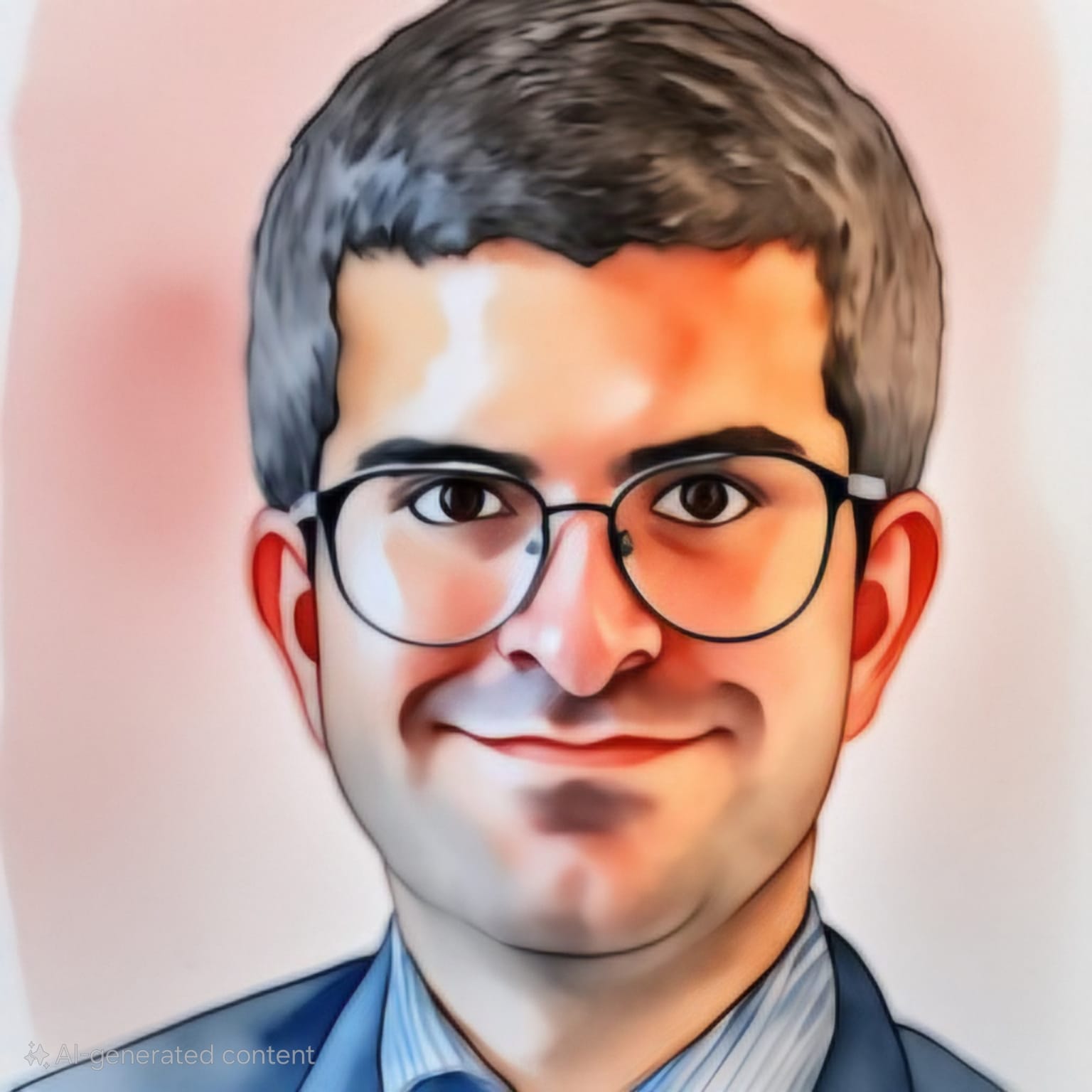 D. Vithal
D. Vithal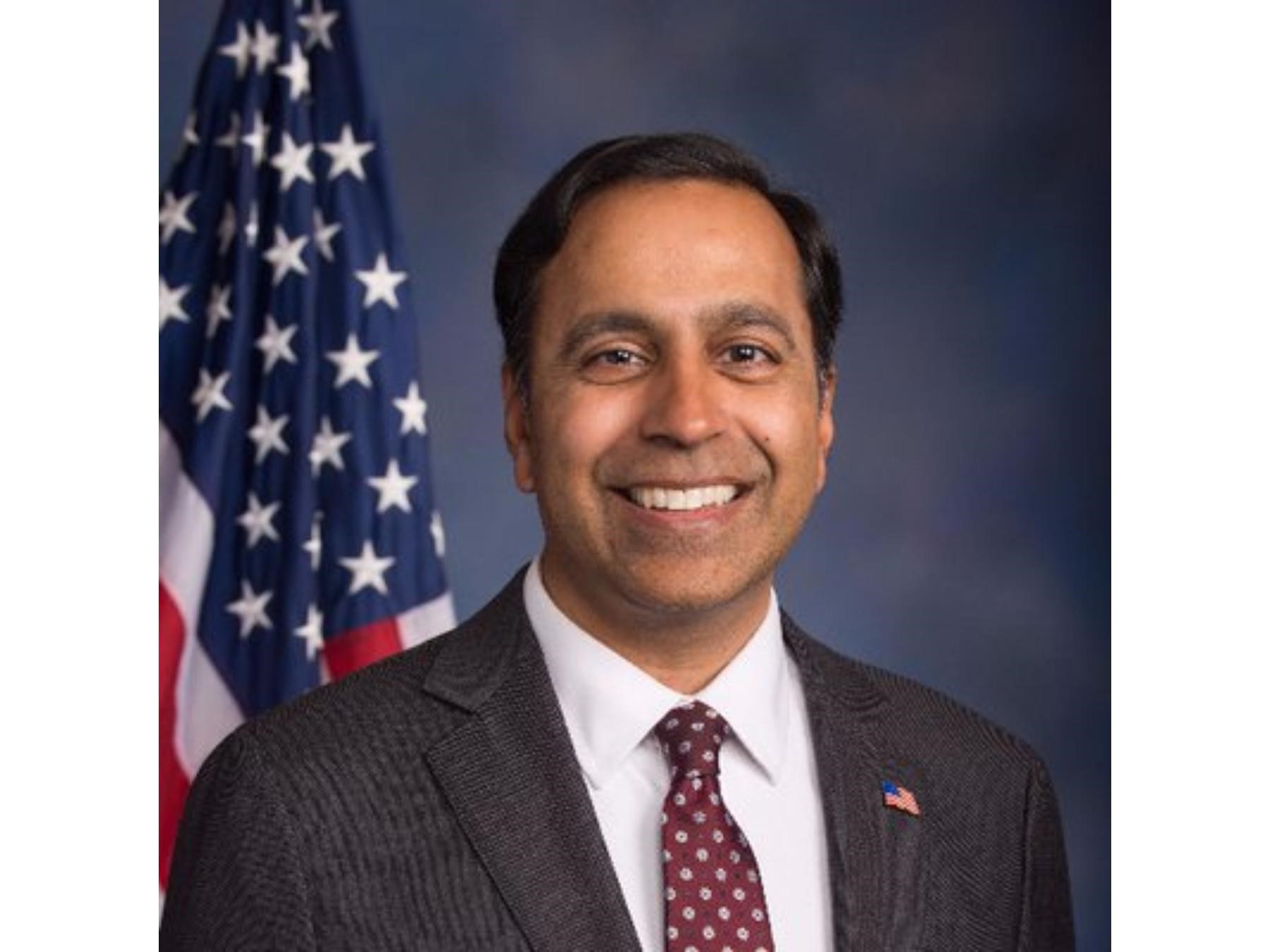


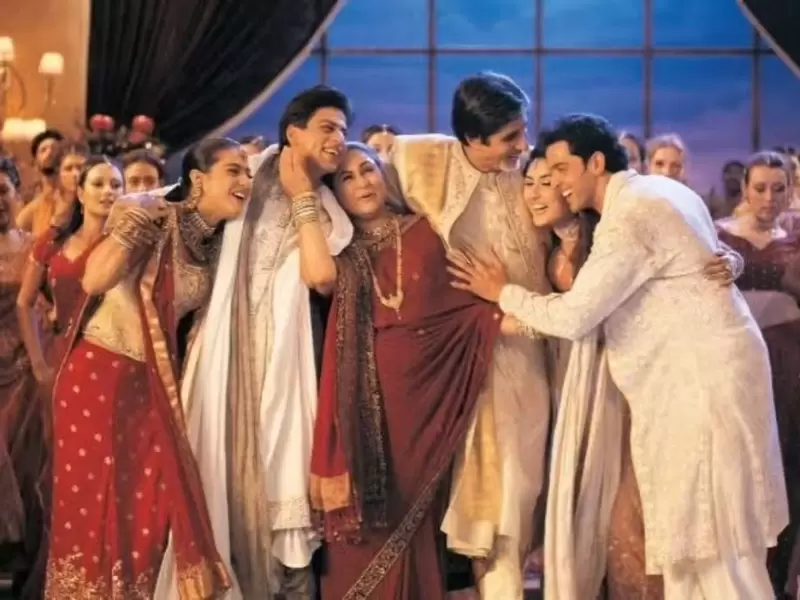
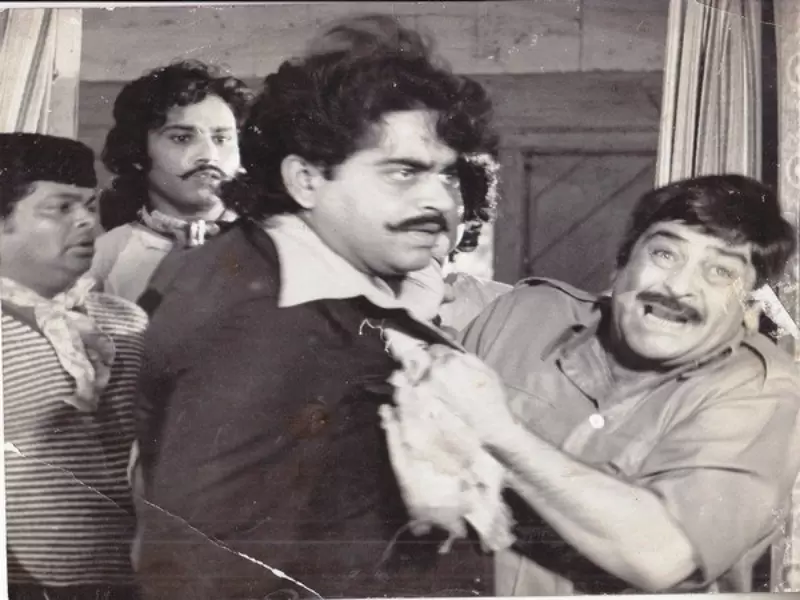
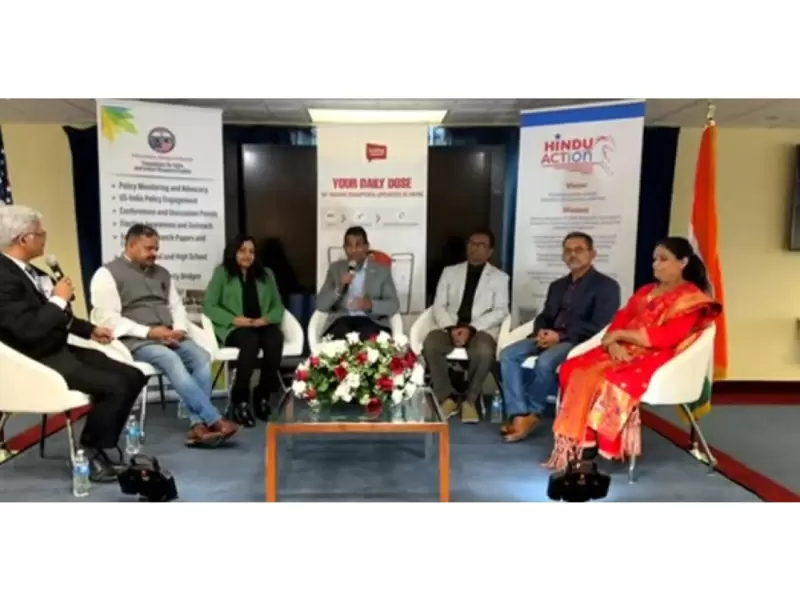

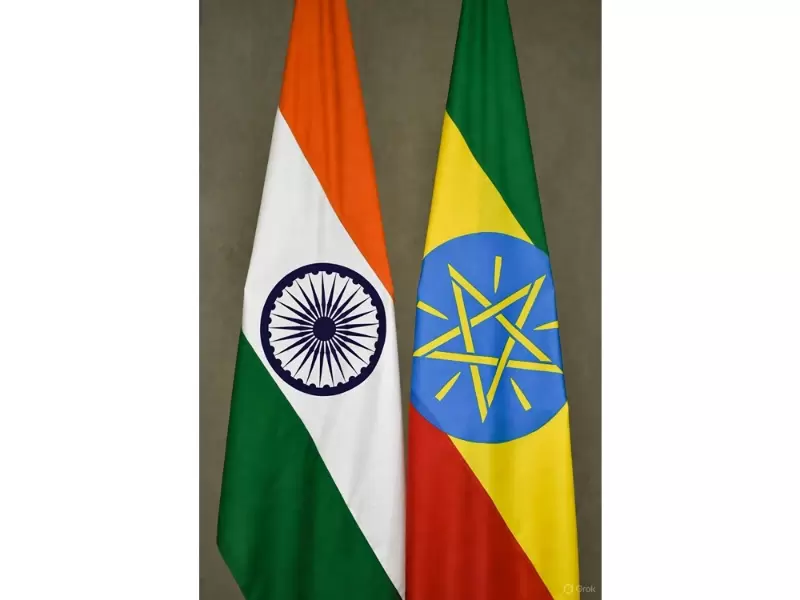

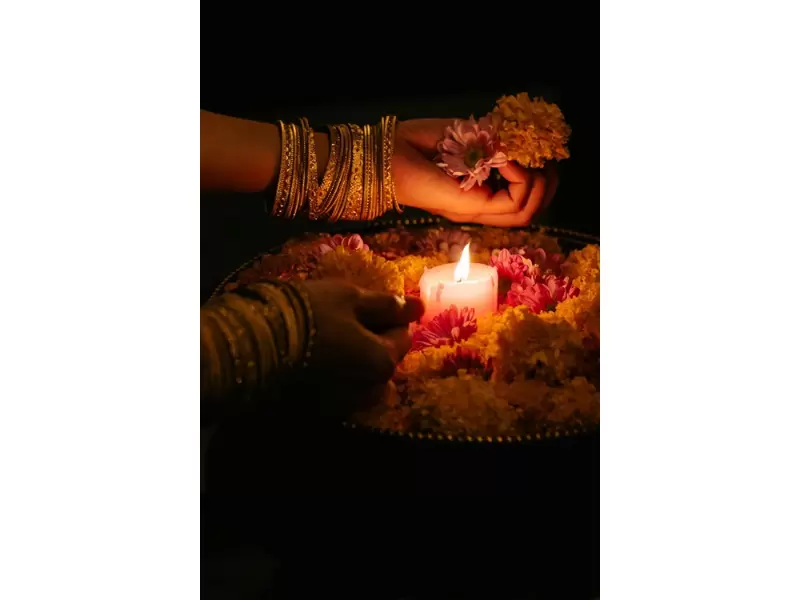
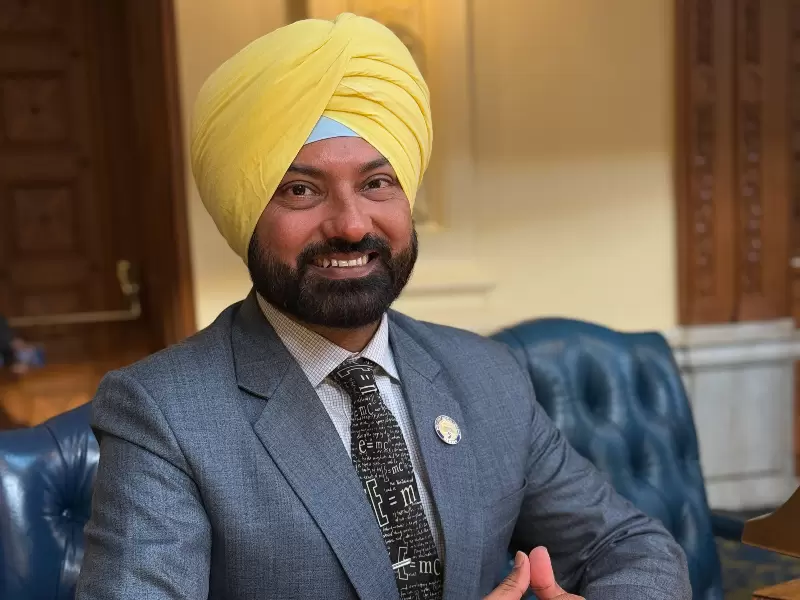


Comments
Start the conversation
Become a member of New India Abroad to start commenting.
Sign Up Now
Already have an account? Login